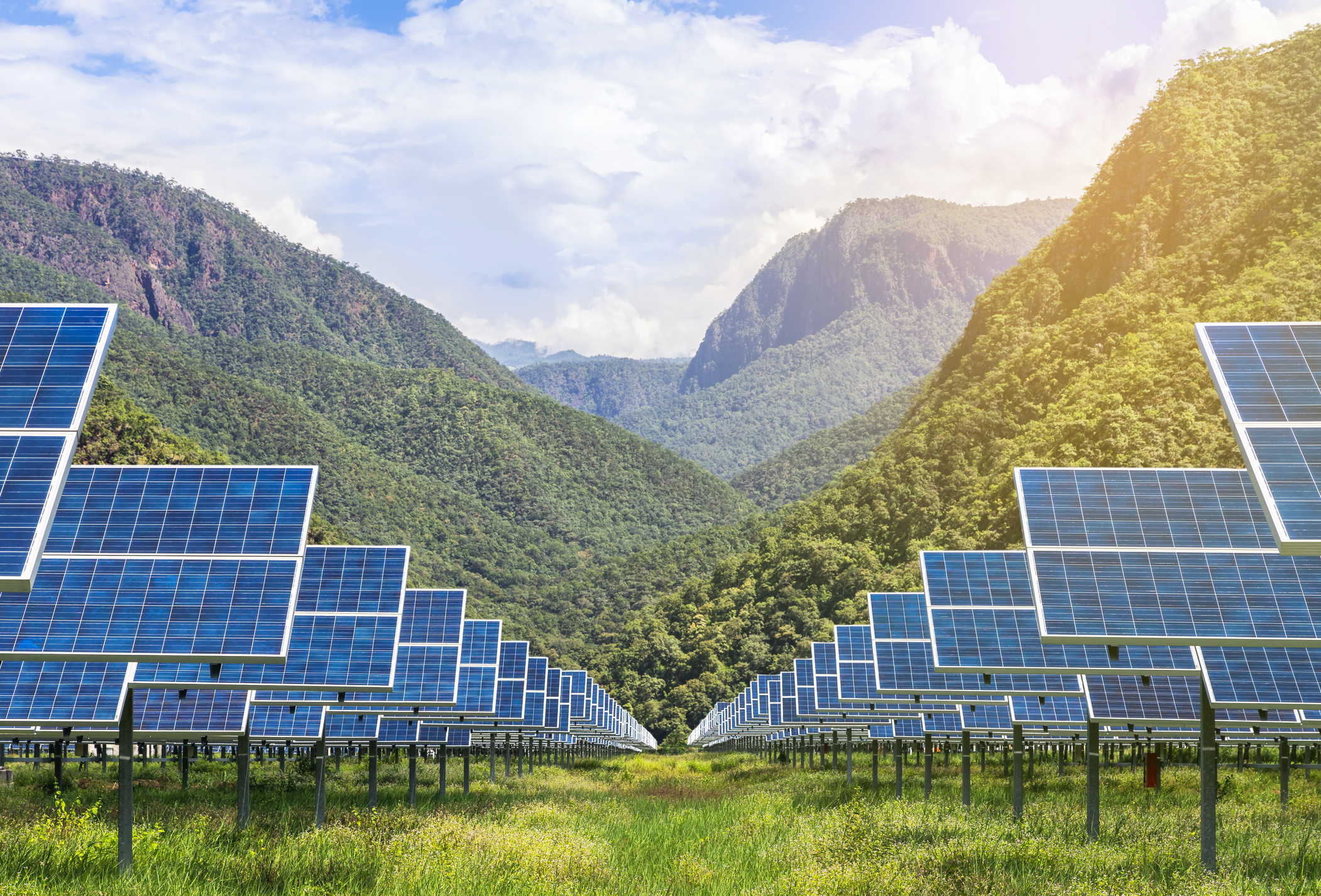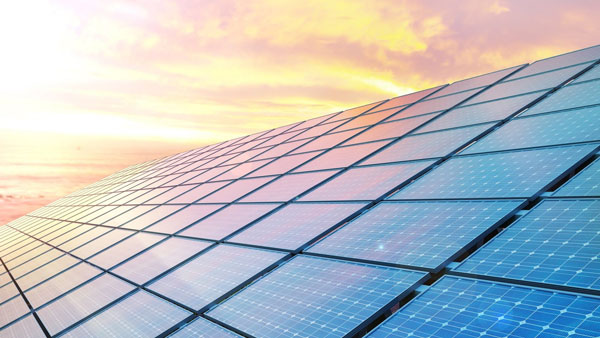Safety and Risk Issues
Fire HazardsPerhaps the biggest safety issue with solar energy storage systems, especially those utilizing lithium-ion batteries,provides is fire. Lit-Pos One of Safety Concern Bear Over Solar Energy Storage Systems using Lithium-Ion Batteries Is Fire It had been demonstrated quite poorly by a fire and after that the good-time explosion at the APS McMicken Battery facility in 2019, during which four firefighters suffered injuries. Investigations established that the source of the fire was a malfunction in one of its battery cells, which led to thermal runaway--a scenario where an increase in temp sets off others and also consequently outcomes into a surge or ignition.
Toxic ChemicalsThese chemicals are dangerous if improperly stored from solar energy. Consider lead-acid batteries: while they are less common in today's new installations (because of their low energy density and high rate of self-discharge), sulfuric acid plus the toxicity inherent to traditional lead based compounds is potentially dangerous; not only for when they're thrown away-manufacture-for sale -production-and reutilization by recycling or second hand user. While the risks can be minimized by current recycling practices; these conditions must not be violated and adhered to stringently in order to avoid environmental contamination.
System FailuresBattery management system (BMS) software and hardware is extremely complicated, leading to potential operational failures. Look to the California energy storage facility that caused over 30.000 homes on a heat wave when its systems went down In depth investigations were able to determine that the software errors in the BMS meant each battery cell was not being balanced properly, causing imbalances throughout and resulting in a complete failure.
Environmental ImpactsSolar energy minimizes greenhouse gas emissions by a large extent, but producing and disposing storage batteries expose the environment to harm. Lithium, cobalt and nickel—used in modern batteries—are extracted via processes that are key contributors to water pollution, habitat destruction and air pollution. Measures are being taken to reduce these impacts, cleaner emission mining operations and advancements in battery recycling technologies that allow for recovery of valuable materials while lessening the demand on new raw material.
Economic Disparities
Cost AccessibilitySolar energy storage systems are not cheap, and as with all new technologies, being able to take advantage of their benefits requires a relatively high upfront expense. In America the average cost of a residential solar-plus-storage system can go over $20,000 - putting it out of reach for many lower-income households. This high initial expense is a barrier to widespread uptake of renewable energy technology and its cost leaves economically poorer people with little option for accessing it.
Subsidies and IncentivesThe sunny sides and shady spots of solar energy storage are influenced significantly by government subsidies, incentives. It falls most easily to middle and upper-income households or companies that pay more in taxes than they receive in financial supports available as tax credits. Federal Investment Tax Credit (ITC), gives up to 26% discounts off the price of solar systems in your homes and businesses popularly enjoyed by high tax payers.
Creation and Displacement of JobsThe migration to solar energy results in a mix of jobs like manufacturing and installing new systems while also replacing positions from traditional energy sectors coal or natural gas. The economic prosperities are deconcentrated as well. The fossil-fuel-dependent regions suffer and the solar technology-embracing areas benefit. Unless they are mitigated with in-depth workforce transition programs that offer retraining and financial support for those who lose their jobs.
Long Term Savings vs Short Term CostsAlthough the years of savings on utility bills to come can be substantial (solar panels provide huge reductions in electricity cost for decades), giving consideration to these individual costs, solar is a stretch too far. Financial models that reflect cost vs savings show how this discrepancy plays out: a family could save over $30k in energy bills over 30 years, but the inability to finance an upfront expense of several tens of thousands creates an insurmountable barrier.
Regulatory Inconsistencies
Varying State PoliciesSolar energy storage regulations in the United States can be vastly different depending on your state - a patchwork of policies difficult to keep track with for compliance and expansion. In California all new homes are to be built with solar panels and there is considerable incentives for storage systems along-side single family residential installation of energy conservation products or Wyoming has minimal incentive structures compared with higher costs associated regulatory barriers standing in front of widespread adoption. The discrepancy known between regions is an Achilles heel for enterprise strategy and the widespread adoption of hyper-local rooftop solutions; one part may look much more economically attractive than another.
International StandardsCommon standards for the production, installation and maintenance of solar power storage systems evidently is a worldwide issue. Safety standards in the European Union for power electronic systems and equipment (EN 62477-1 ) Unfortunately, standards are still being developed in countries such as India and this has resulted in safety and quality variations across systems. No global standardization significantly affects the potential for international companies to expand in a uniform way and presents with it challenges related to trust, i.e. how can we be sure solar storage solutions will function properly?
Compliance CostsAligning with a wide range of regulatory requirements not only can be costly but also may price some smaller solar industry players out. Safety routines, operational permits and environmental assessments vary between jurisdictions as well. These certifications add a significant cost of time and capital to the overall process that Air Canada is not interested in waiting on. To be in compliance with California[-based] SGIP (Self-Generation Incentive Program), one must satisfy onerous performance and reporting requirements that may be too costly for some smaller players.
Updating Grid InfrastructureSolar storage is going to increase, which will necessitate change within the current electrical grid infrastructures - but that part of regulation has been slow. Updated grid systems can integrate solar effectively, but coordinating necessary regulatory frameworks is a challenge. This slow, inefficient rate of regulatory change can lead to grid reliability challenges and reduce the full environmental and economic benefits for a future where large numbers of solar storage batteries become as ubiquitous or more so than air conditioning units.
Technological Monopolies
Dominance of Major CompaniesThe solar energy storage market is still at a nascent stage, with several large firms controlling the entire supply chain limiting innovation and competition. Powerwall from Tesla has become a household name in energy storage for the home and enjoys strong brand recognition along with significant technology development. But such a hold on the market can also be daunting to smaller upstarts, who may struggle in trying to carve out mindshare - and garnder financing or consumer trust.
Patent BarriersPatenting also has a dual nature in this sense-patents are essential to protect innovations, but can be used as barriers that exclude others from entering the market. Companies like LG Chem and Samsung SDI have substantial patent portfolios related to lithium-ion battery technologies that may inhibit newcomers from entering the market or even innovating without dealing with legal wrangling. When patents are concentrated in the hands of just a few entities, they can charge licensing fees higher than what new entrants could afford.
Supply Chain ControlTechnological Monopolies Increased due to Supply Chain Control Take one of the most relevant battery manufacturer worldwide: CATL, it is consolidating from mining to manufacturing and enjoying strategic control over a large number parts in lithium supply chain, providing such an incomparable advantage that its competitors will hardly catch up with. This power allows those companies to do things like set the terms and prices that new, budding players need in order for them compete.
What This Means for Global Market AccessThe few companies like Alphabet that acquire technology and market power in one have less incentive to open up globally for a particular reason. In global value chains, technology and components that are ultimately procured from dominant market players potentially leaving developing countries to rely on imports with all implications of economic dependency and resulting technological dependency. This imbalance can be a real deterrent to the widespread adoption of solar storage technology around the globe, and could leave whole sections of countries out in their abilities to create cleaner energy sources.
Ethical Considerations
Material ExploitationFor solar energy storage, the ethical considerations start incredulously early in the supply chain; with issues about lithium and cobalt mining being its origins. In countries like the Democratic Republic of Congo (DRC), which provides more than 60% of global cobalt supply, reports are common about extreme human rights abuses such as child labor and unsafe work practices. It seems that you cannot bring a product to market without revealing the supply chain details behind its creation: Tesla and Samsung are under pressure for their use of cobalt, Unilever has published palm oil sourcing policies on Method products.
Environmental ImpactAlthough solar energy storage systems provides an eco-friendly solution to fossil fuels, the manufacturing and disposal programmes have their toll on the environment. The production of lithium-ion batteries, a process that generates toxic chemicals which poison water and soil if it isn't sufficiently contained. Proponents want to link the environmental degradation across raw materials use with, fossil fuel consumption which is now disconnecting after sectorial targets were laid out by companies this week; continue more two-word slogans that ring good sentiments but fail dissociate what one bad for planet being replaced another worse.
Data Privacy in Smart SystemsIn the era of smart solar energy systems, privacy is considered to be a significant ethical problem. While these systems can harvest granular user data to help save energy, it also comes at the cost of privacy and has drawn criticism over potential vulnerabilities like hacks. Some companies have been taken to task on the state of their transparency in regard to the way they handle and protect user data.
Energy EquityEnergy equity is another really important ethical issue. Not all the socioeconomic groups have equal access to the advantages of solar energy, more affordable electricity prices and a higher degree in their individuality. More affluent households and communities are able to absorb the higher costs of solar investments, but lower-income areas could be stranded. If not counteracted by inclusive political action and innovative finance mechanisms, this disparity can further deepen disparities in society.



